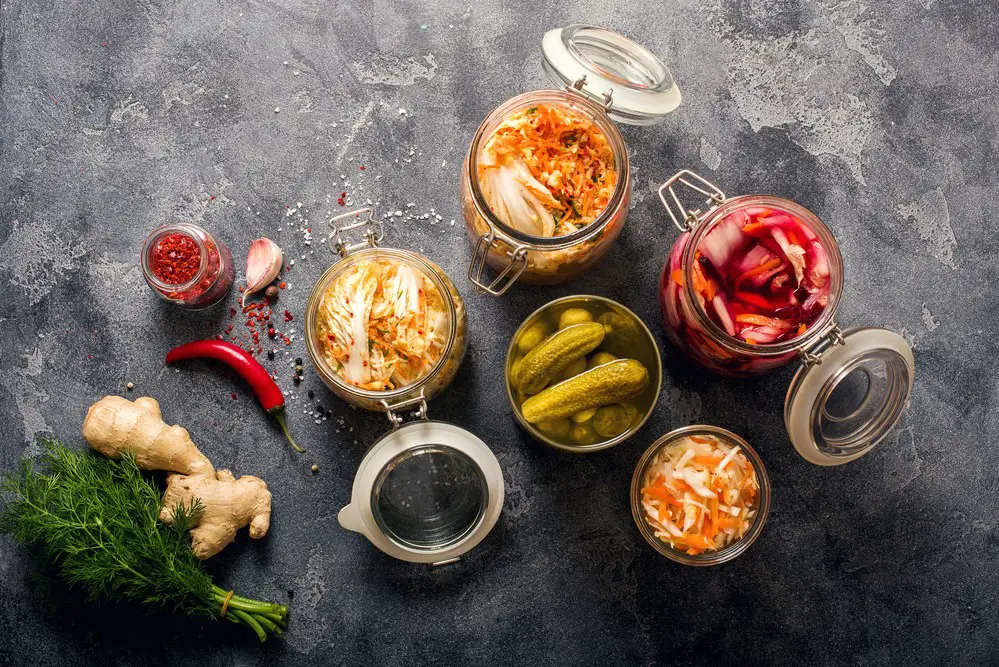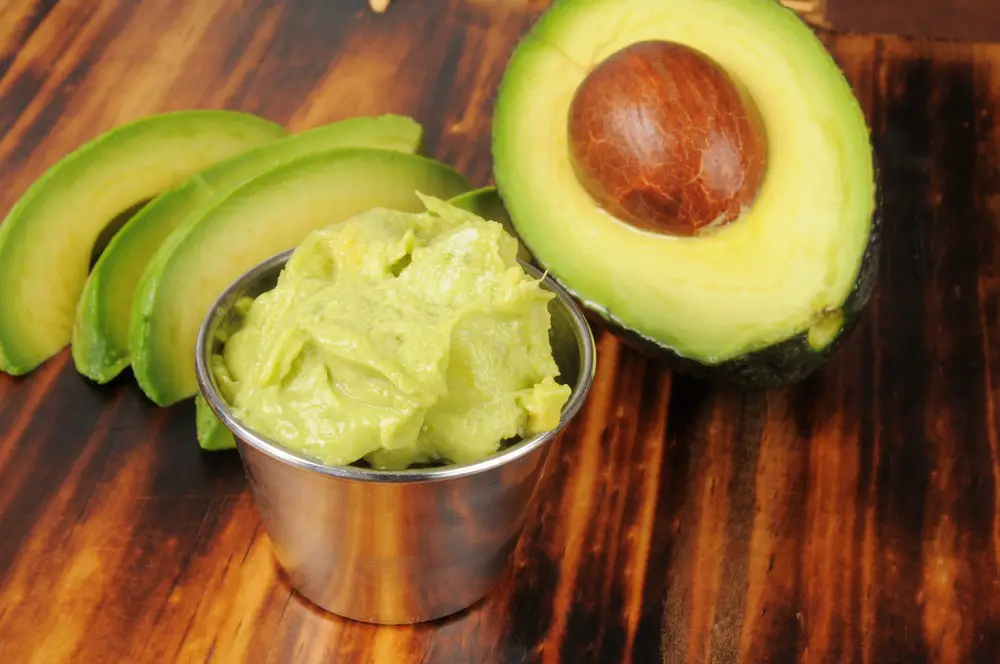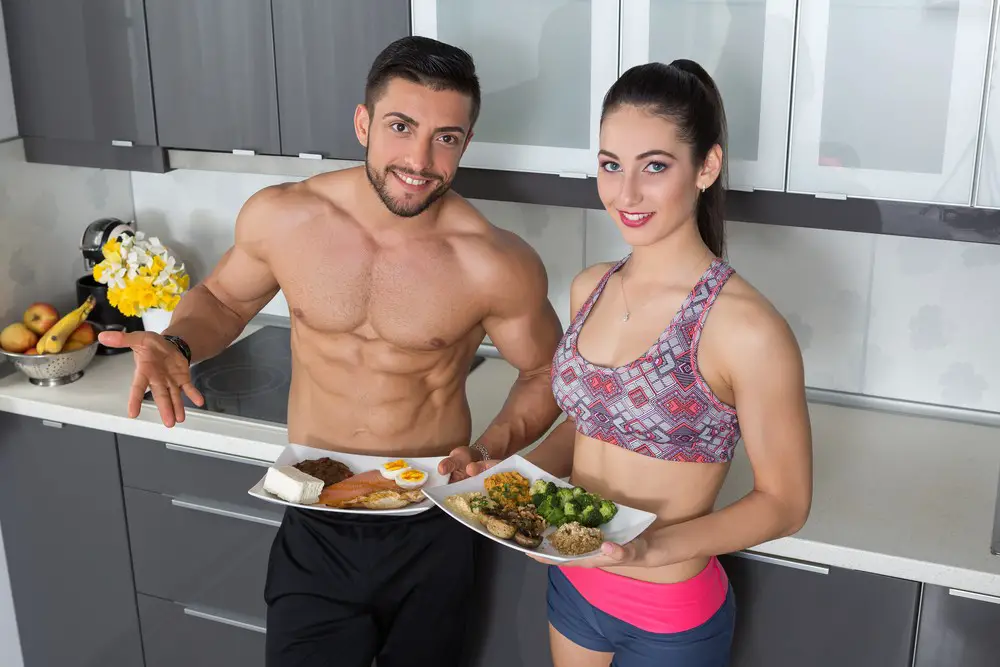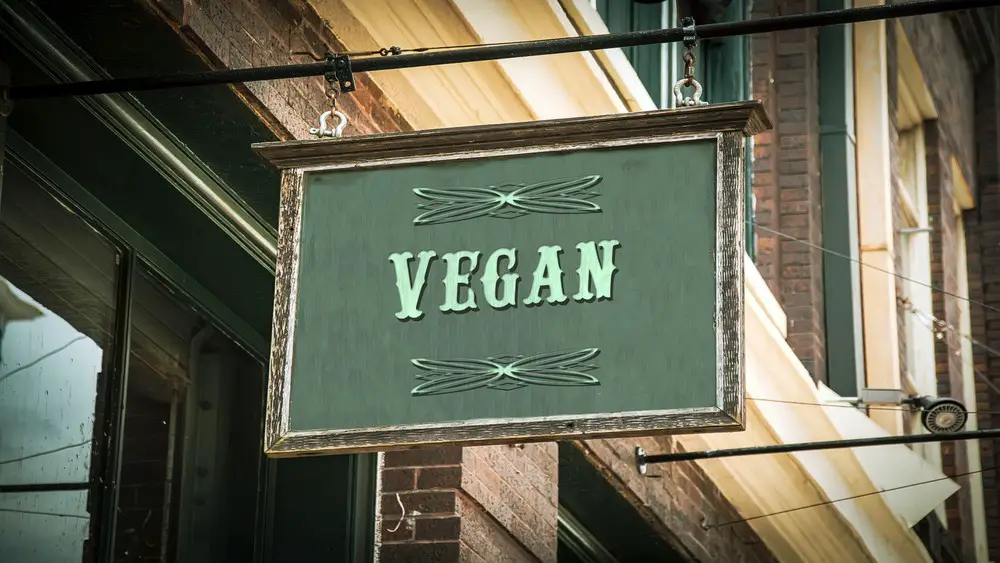Vegetarianism has its misconceptions and myths. One of such myths, which is also a misconception, is that vegetarians do not get adequate protein. You may be considering being a vegetarian, and you can’t help but ask yourself if you would be getting enough protein by only eating plant-based diets.
What is protein, and why is it so Important?
Proteins are naturally occurring macromolecules that consist of one or more chains of amino acids joined by a peptide bond. Proteins are present in all living organisms and present in hormones and enzymes.
They are one of the three macronutrients the body needs. The other two are carbohydrates and fats. Proteins serve many functions in the body. Some of these functions include:
- Growth and maintenance
- Provides structure to cells and organisms
- Maintenance of pH
- Energy
- Immune functions
- Transports and stores nutrients
- Aid biochemical reactions
How Much Protein do we Need?
Proteins are the building blocks of our bodies. They make up our organs, hormones, and, of course, muscles. It is pretty clear that we need protein, but do we need as much as we think?
According to the Dietary Reference Intake (DRI) report, a sedentary adult should consume 0.8 grams of protein per kilogram of body weight. Therefore, an average sedentary male would need about 56 grams of protein each day. And an average sedentary woman would need about 46 grams.
For an active person, the amount of protein you need depends on factors like your activity level, age, muscle mass, and overall health. A man who is a strength athlete will need about 80 to 92 grams of protein per day. A woman who is a strength athlete would need 65 to 75 grams per day.
How do you get Enough Protein as a Vegetarian?
Hitting more than your required amount of protein without consuming animal-based products is easy. Plant-based proteins are often called “incomplete proteins,” which have discouraged many vegetarians and non-vegetarians from consuming them as a source of protein.
However, studies have shown that getting your protein from plants is healthier. Each plant protein might lack some essential amino acids, but combing them will give you “complete proteins.”
A well-planned meal will provide you with all the protein you need. Here are some plant-based protein sources you can try.
Tofu and tempeh
Both foods originate from soybeans. Soybeans are high in protein and contain all the amino acids your body needs. Tofu doesn’t have much taste on its own but absorbs the flavor of the ingredients. Tempeh, on the other hand, has a nutty flavor.
Tofu and tempeh are both used in a vast array of recipes. The two soy-based foods contain iron, calcium, and 12 to 20 grams of protein per 100 grams serving. Tempeh also contains vitamin B, probiotics, and minerals.
Beans
Legumes are the best source of plant-based protein, and beans are legumes. Legumes have an average of 15 grams of protein per cup. There are various types of beans. Black beans, kidney beans, pinto beans, adzuki beans, fava beans, chickpeas, and most other types of beans have high amounts of protein per serving.
Beans are not only high in protein, but they are also excellent sources of fiber, folate, iron, phosphorus, manganese, and other useful plant compounds.
Peas
Peas are considered vegetables because they are excellent sources of fiber and other nutrients such as folate. But they are actually legumes. One cup of peas has 8 grams of protein, and a cup of split peas has 16 grams.
Pea protein contains all the essential amino acids. However, they are relatively lower in one amino acid called methionine.
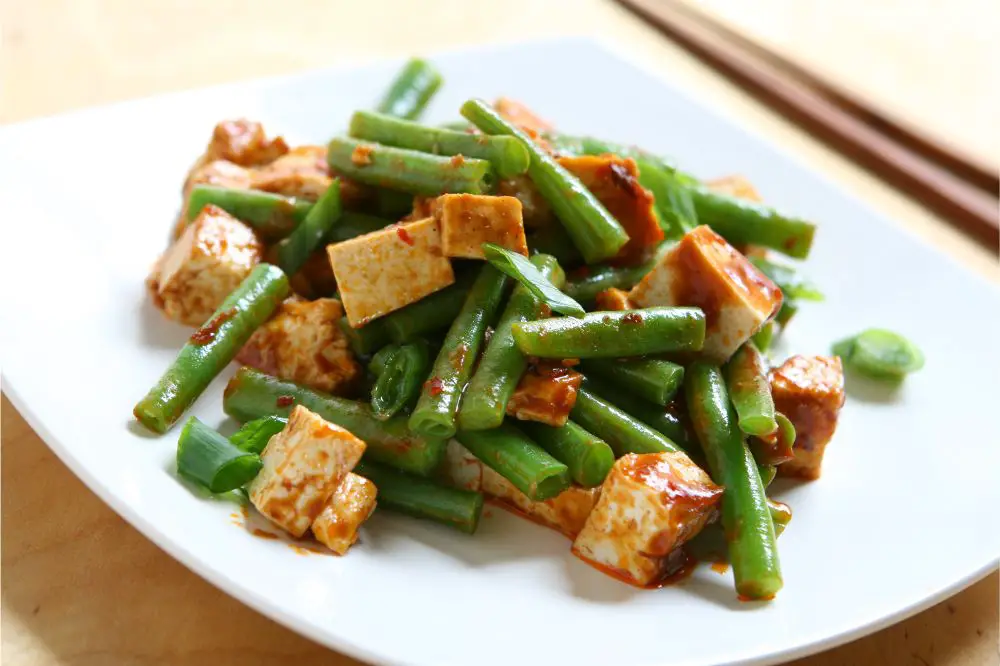
Lentils
Lentils are an excellent source of protein, with a cooked cup of lentils containing 18 grams of protein. They are also a great source of fiber. The fiber in lentils has been found to promote a healthy gut by feeding the bacteria in the colon.
Lentils are rich in folate, iron, and manganese, and they have been shown to reduce the risk of heart disease and cancer.
Whole grains
Whole grains are excellent sources of proteins that can be easily added to your diet. Kamut, wild rice, millets, and oats are all examples of wholes grains. They contain 4 to 16 grams of protein per serving. They also contain magnesium, zinc, folate, and phosphorus.
Whole grains can be used in a variety of recipes. Balancing legumes with whole grains is a sure way of getting optimal levels of the essential amino acids.
Vegetables
There are various types of vegetables, including asparagus, spinach, collard greens, sweet corn, artichokes, and brussels sprouts. These vegetables give about 4 grams of protein per cup. When used to balance legumes, they boost the meal’s amount of protein.
Although vegetables on their own have considerably lesser protein, they are rich in fiber and phytonutrients, making them an excellent addition to meals.
Fruits
Generally, fruits have a lower protein content than vegetables. Some fruits contain more proteins than others. Blackberries, bananas, guavas, and mulberries have about 2 to 4 grams of protein per cup.
Other protein sources include chia seeds, hemp seeds, and nuts.
Can you consume too much protein?
You can have too much protein in your diet so be cautious about using protein supplements or protein-enriched foods. Consuming more than 2 grams per kilogram of your body weight may cause long-term health issues. A person with excess protein in their diet may have the following symptoms:
- Nausea
- Irritation
- Diarrhea
- Intestinal discomfort
- High levels of insulin
Proteins are essential to body growth and development. A vegetarian lifestyle doesn’t automatically mean you’re on your way to being protein deficient. Plant-based protein slices are the best protein sources even though they are “incomplete proteins.”
Balance your legumes with your whole grains, vegetables, and fruits. Combine your plant-based proteins and make them “complete.” As a vegetarian, a well-planned diet is all you need to get all your essential amino acids in one meal.
Final Thoughts
Meeting your protein needs as a vegetarian doesn’t have to be hard. As you can see above, there are plenty of great options to get your daily requirements. Plus, you can try different combinations that suit your tastes, which is the best part!


